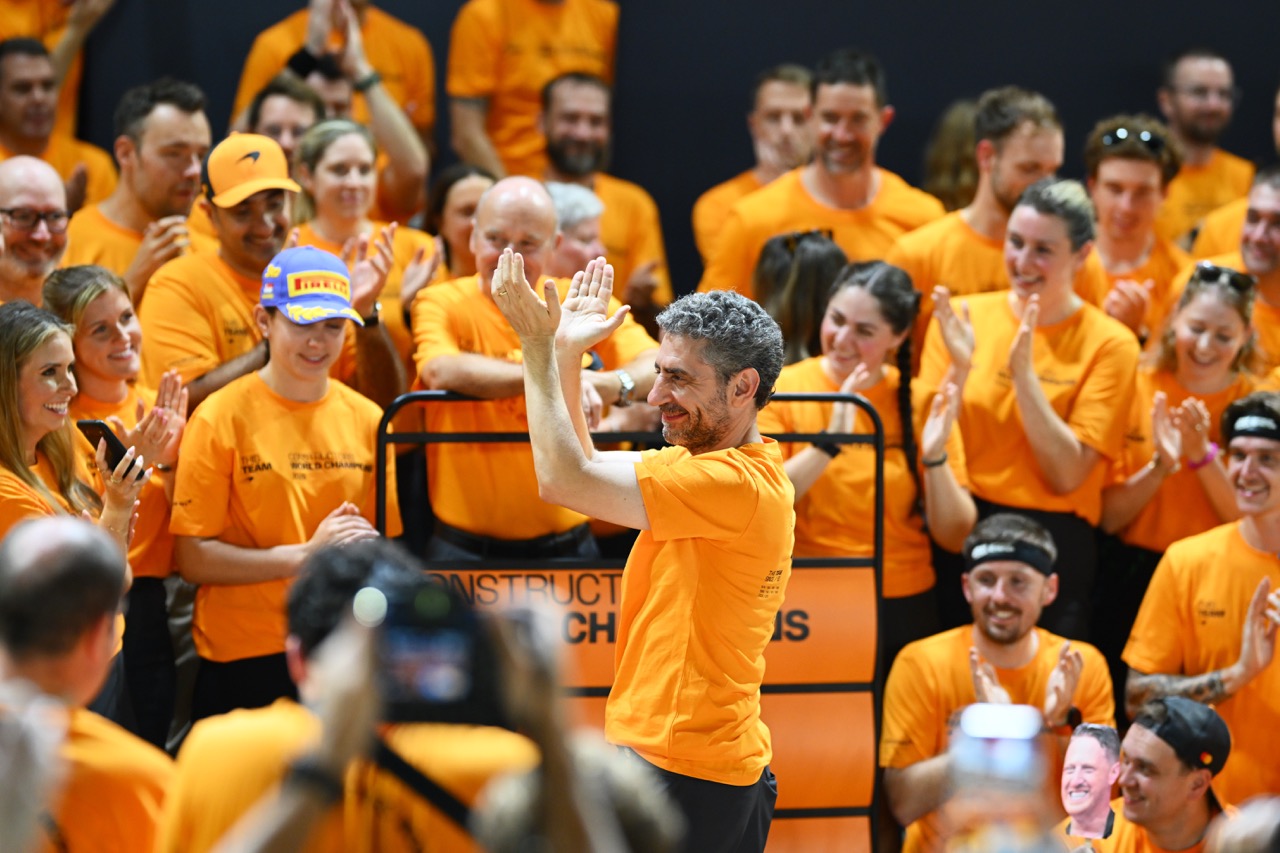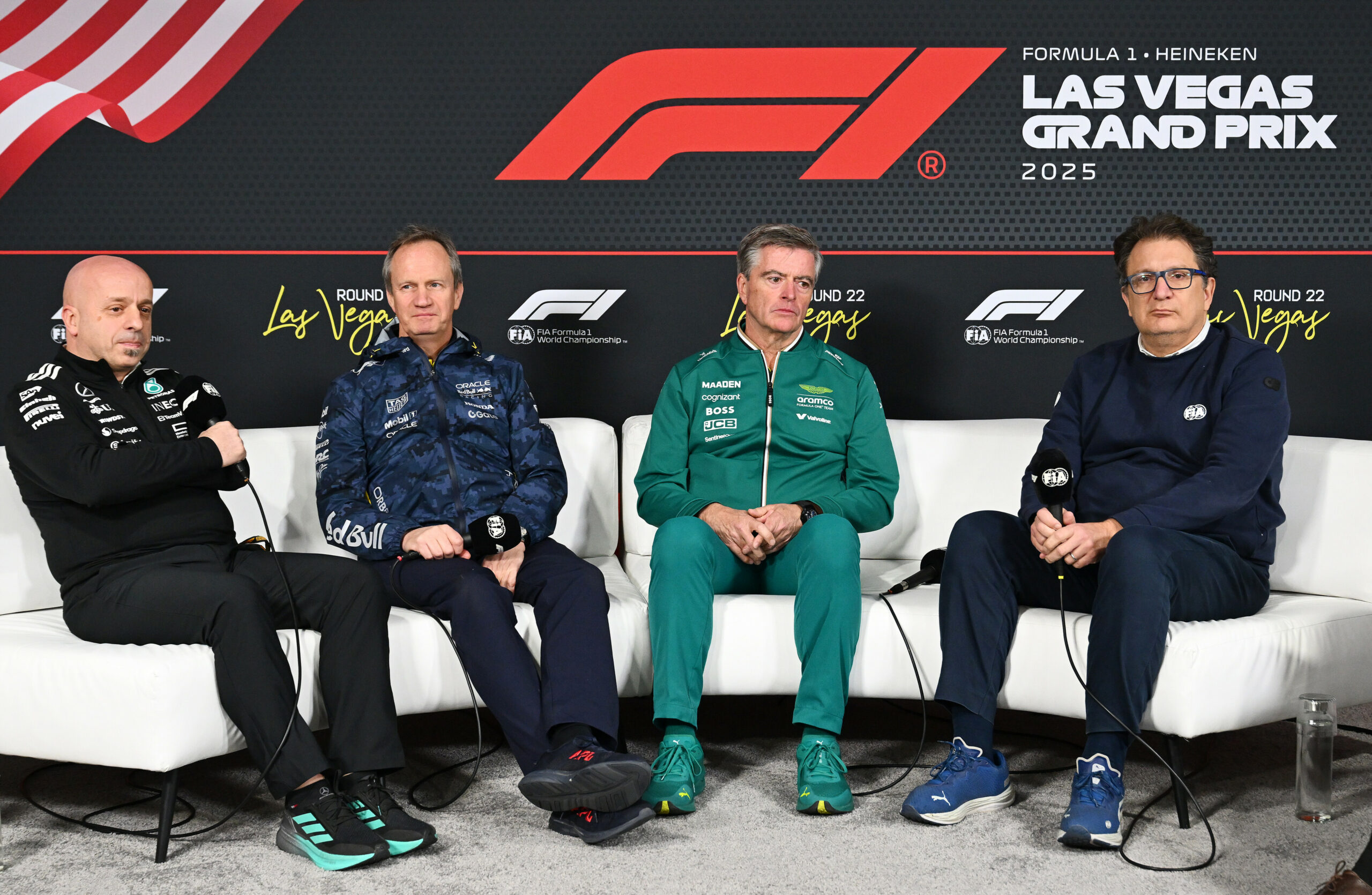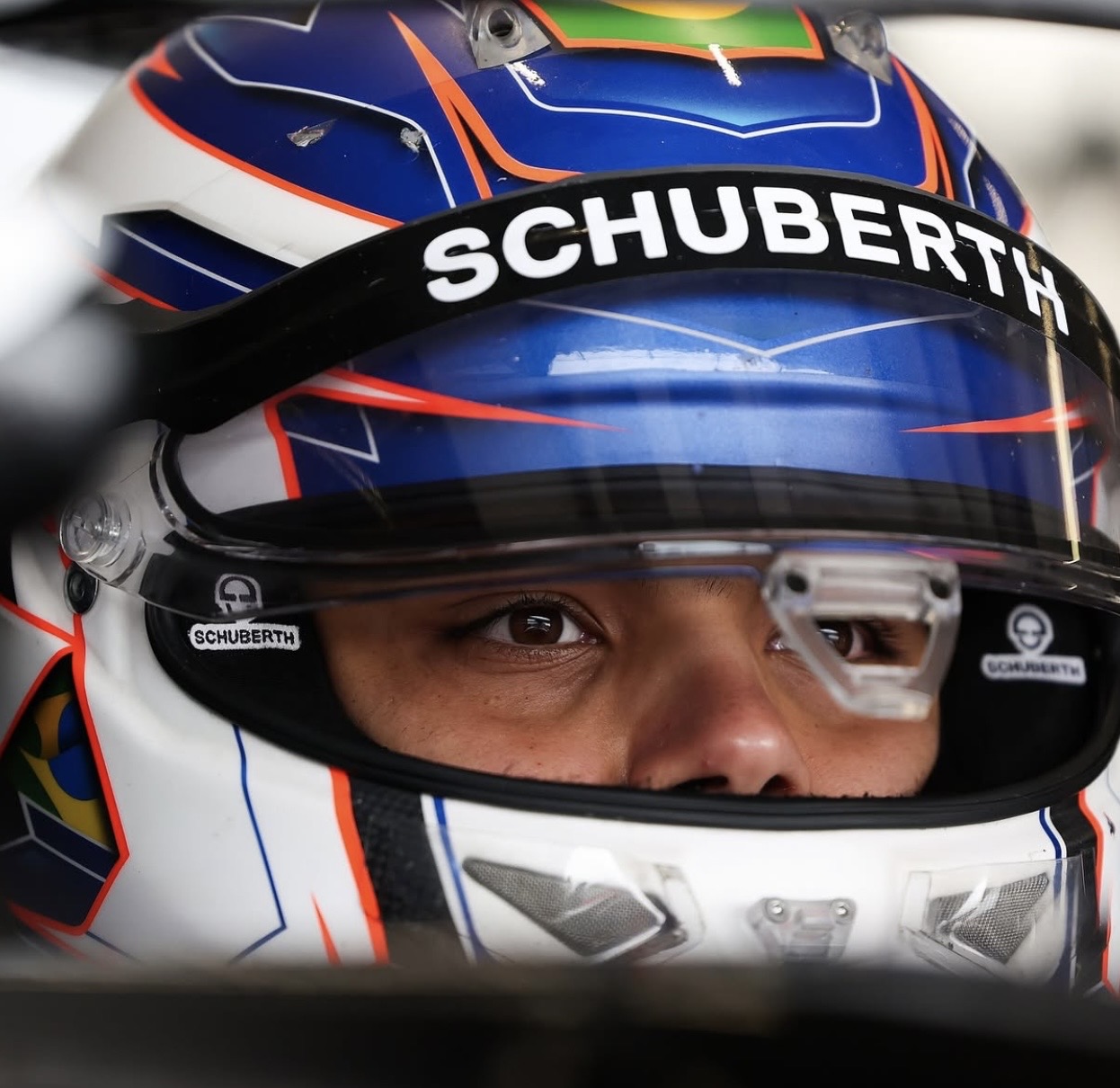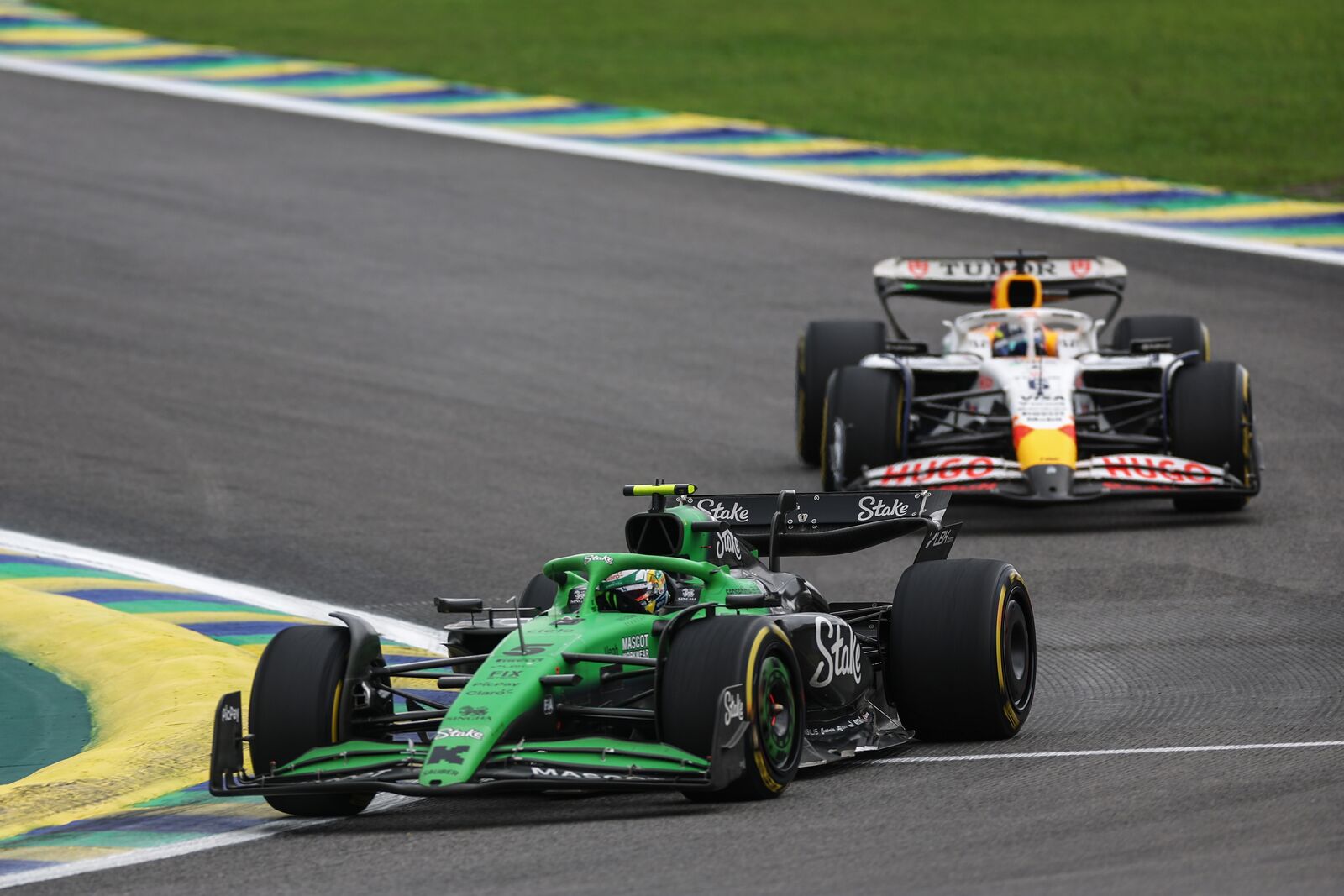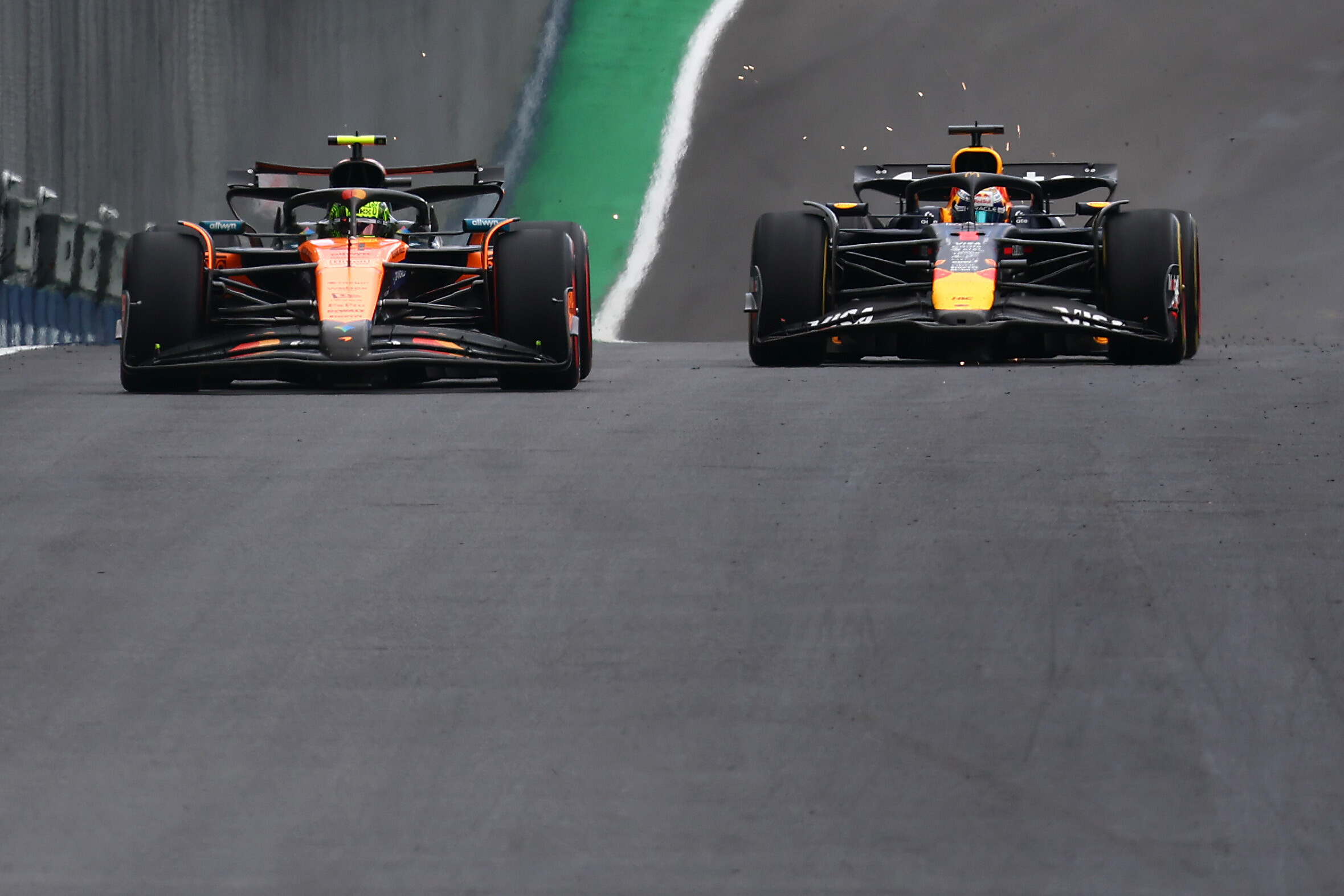McLaren secured their second consecutive F1 Constructors’ Championship at the Singapore GP, but team principal Andrea Stella muted the celebrations as he candidly acknowledged the papaya squad’s ongoing competitiveness issues on specific circuit types.
Despite Lando Norris finishing third to mathematically confirm McLaren’s teams’ title, both Mercedes and Red Bull outpaced the Woking-based outfit throughout the weekend, with George Russell dominating from pole position to take a commanding victory.
The result extended a concerning trend for McLaren, who have now struggled at three consecutive races—a pattern Stella says fundamental technical characteristics rather than mere coincidence root.
“We are not the most competitive”
Speaking after the F1 Singapore GP, Stella was frank about McLaren’s deficit around the demanding Marina Bay Street Circuit.
“I don’t think we should look at the lap time that was available between Q2 and Q3, but my reflection, our reflection is more general in terms of our competitiveness, and it’s related to the fact that overall I think there were some cars that were faster than us today, and in particular Mercedes and Red Bull,” Stella explained.
The Italian identified a clear pattern emerging from recent events. “We seem to observe a pattern, having been in Baku and then here in Singapore, that resembles what we have seen in Canada. And when we have braking with bumps and with curves, you know, in Canada we were not the best car, in Baku we were not the best car, and in Singapore, we are not the best car.”
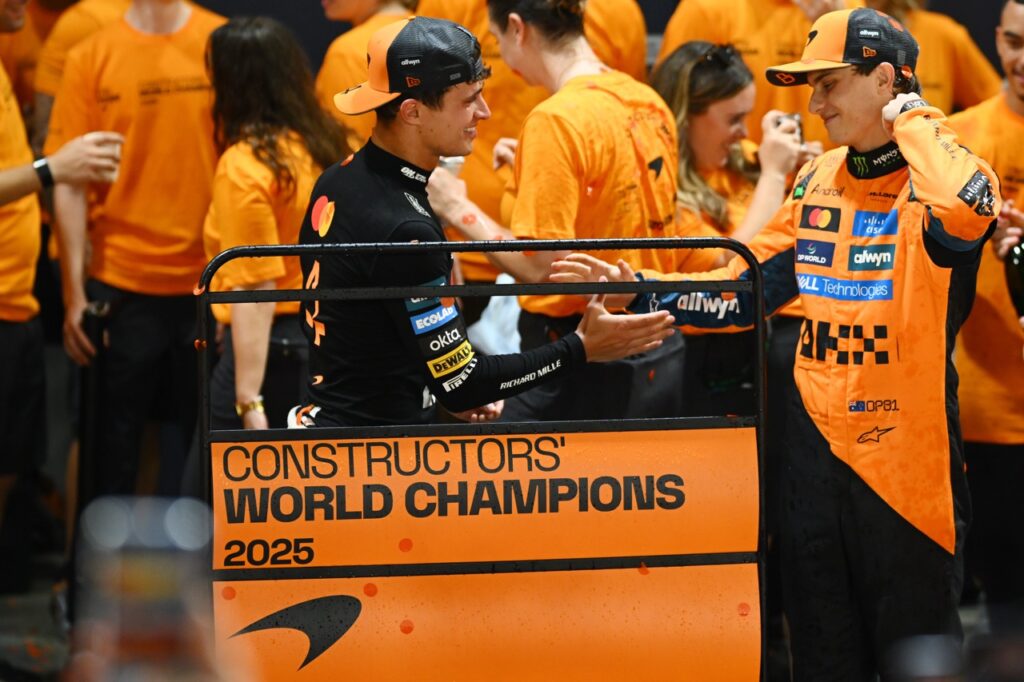
Stella revealed that the team’s struggles are concentrated in specific areas of circuit performance. “In general I think we see that we gained the time in mid-corner, but every mid-corner is kind of too short. Here is dominated by braking and traction, and with bumps and curves we just seem to be suffering a bit.”
The admission represents a rare moment of vulnerability from a team that has dominated much of the 2025 season, but Stella insisted the limitations are “not an entire surprise” given the conditions in which McLaren developed their car.
Development freeze compounds issues
Pressed on whether the recent struggles represent a worrying general trend, Stella acknowledged that multiple factors are at play—including McLaren’s strategic decision to cease development on their 2025 challenger.
“I think there’s a trend whereby we have stopped the development of the car now for quite some time, because we’ve been focussing entirely on 2026,” Stella revealed. “There were, if anything, little parts that we took to Monza, but otherwise we were just focussing on 2026 for a long time.”
By contrast, rivals have continued to evolve their packages. “While we have seen that some competitors kept taking track sites, some new upgrades, Red Bull certainly is one of those. They have a new front wing here, a new floor in Monza.”
The team principal suggested the field has consequently closed up. “Some competitors kept developing their car, or understanding better how to use their car. So now the field has become even more competitive.”
Looking ahead, Stella offered a sobering assessment of McLaren’s immediate prospects. “I would expect that Austin will still be a bit of a struggle for us, because the corners are tight in many braking areas. Our tracks still remain the likes of Brazil, Qatar, Abu Dhabi.”
Pit stop problems under review
Adding to McLaren’s recent frustrations has been a spate of problematic pit stops, most notably in Singapore where Oscar Piastri lost crucial time when a left-rear tyre stuck during his stop—the third consecutive race featuring such issues.
Stella explained that the team has conducted extensive investigations into the root causes.
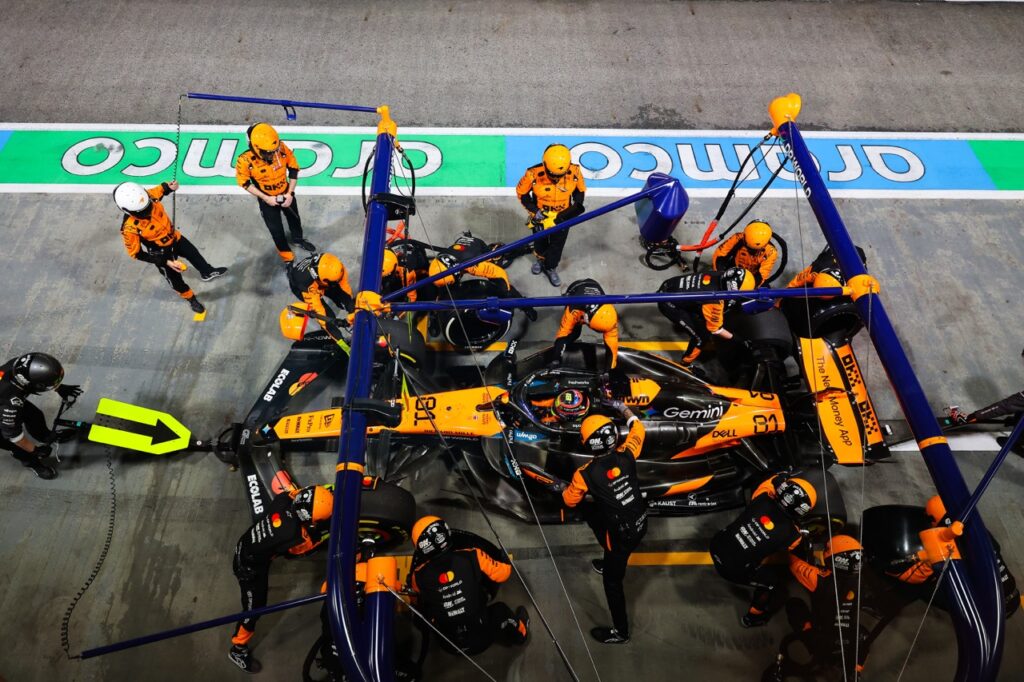
“Even if we see the execution of the pit stop by the pit crew, like I’ve had the chance to say in Baku, this is really a combination of the human factor, the execution, the operation, with the quality of the hardware, and how much the hardware makes the operation of changing tyres as natural and as easy as possible,” he said.
“In our review, we identified that we needed to improve in all factors, from a human point of view, but also we know that from a hardware point of view, our hardware makes the operation, for instance the gunning, a little bit more complex than it should be.”
Improving the issue
Stella confirmed that hardware improvements are being implemented. “We have identified that, we are applying some corrections, which will be made for next year now, and at the same time, we are working with our pit crew to make sure that we can mitigate some of these difficulties introduced by the hardware.”
The team principal dismissed suggestions that the issues have disproportionately affected Norris, despite the Briton experiencing the most visible problems in recent races.
“When you average the pit stop time, it’s pretty much the same over the season for Lando and Oscar, and I think it’s just a coincidence due to the short observation window of the last couple of events that this has accumulated on Lando’s side,” Stella clarified. “But actually the data don’t seem to support that across the season, and anyhow it’s just a coincidence.”
Drama on race day
Sunday’s F1 Singapore GP encapsulated McLaren’s current predicament. Whilst Russell controlled proceedings from the front, internal friction and operational setbacks defined Norris and Piastri’s race rather than a title fight.
Norris muscled past Piastri at Turn 3 on the opening lap—a move that drew sharp criticism from the Australian, who radioed: “Not very team-like.” Piastri later asked his team if they would address Norris “barging” him, though the stewards took no action.
The incident set an irritated tone for Piastri’s afternoon, and the costly pit stop delay compounded this by dropping him further behind his teammate. Despite the drama, Norris’s third-place finish secured the constructors’ crown for McLaren.
Silver lining
Despite the challenges, Stella found positives in McLaren’s technical learnings.
“It’s actually important information, even in consideration of how we can better develop our car, so that we include those conditions as well,” he noted regarding the team’s identified weaknesses with braking stability over bumps and kerbs.
“Definitely quite a lot of work of review and correction and testing and practising at the factory with the rig. So it’s a very holistic and wide activity in Formula 1. I’m happy with what I see in terms of review and action and planning for the future.”

